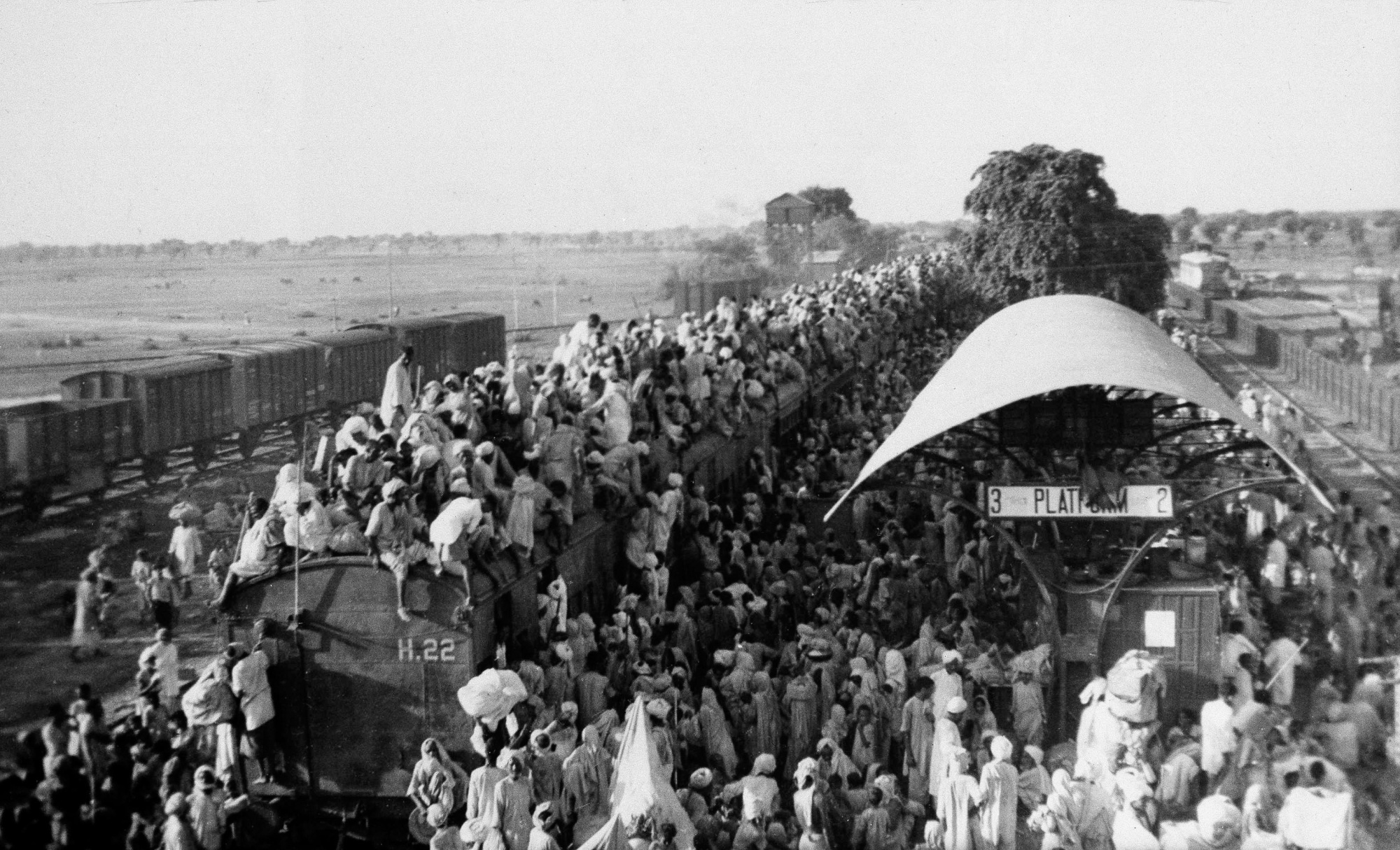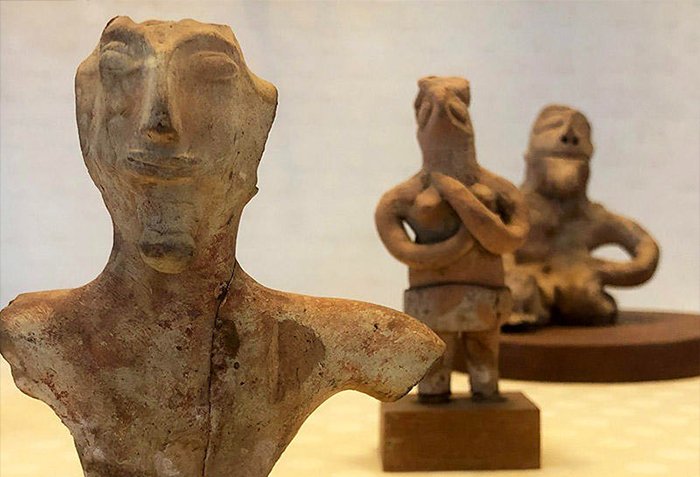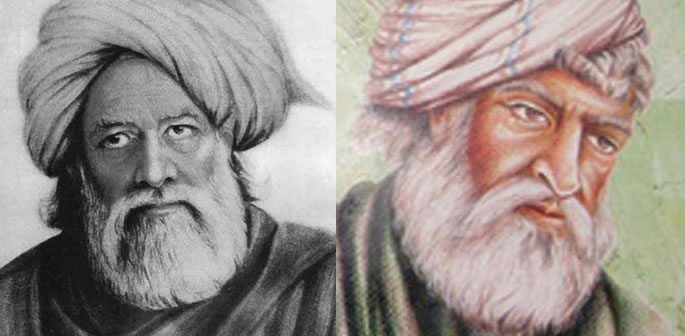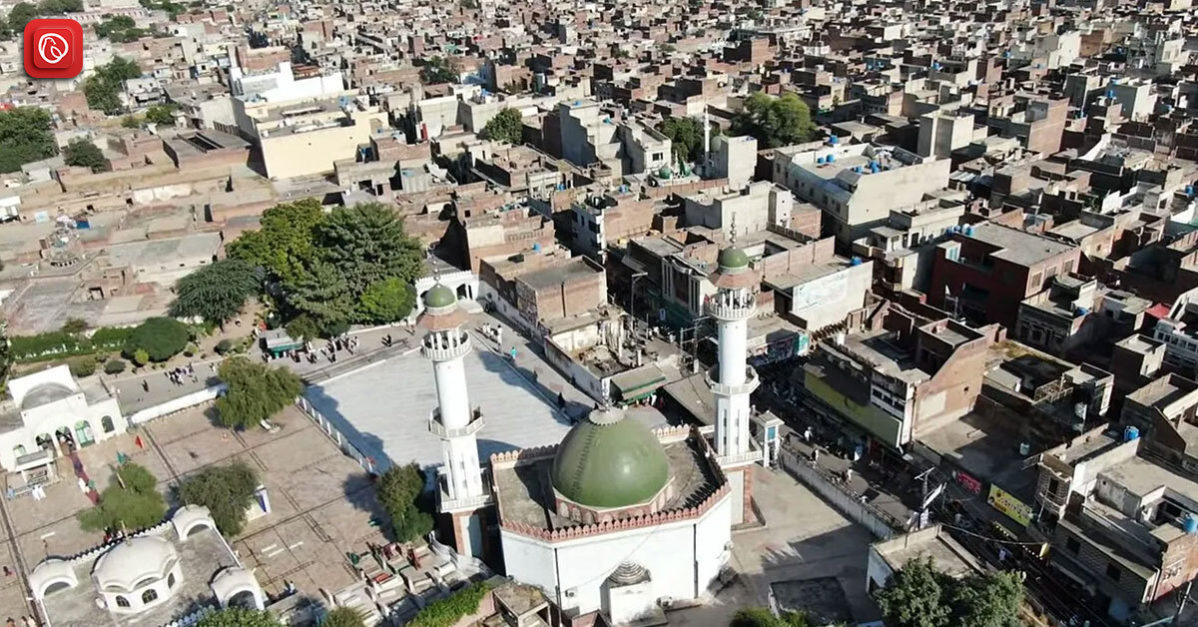Kasur, a city steeped in history and nestled in the lush landscapes of Punjab, Pakistan, beckons visitors with its rich cultural heritage and vibrant atmosphere. Known as the burial place of the esteemed Sufi poet, Bulleh Shah, Kasur stands as a testament to the enduring legacy of its past. With its bustling markets, ancient shrines, and captivating architecture, Kasur offers a glimpse into the heart and soul of Pakistani culture.
The name “Kasur” itself carries a sense of grandeur and mystery, derived from the Arabic and Persian word “qasur,” meaning “palaces” or “forts.” Despite its ancient origins, Kasur continues to thrive as a modern city, blending traditional charm with contemporary amenities. From its bustling bazaars filled with spices and textiles to its serene riverside vistas, Kasur invites exploration and discovery at every turn.
Visitors wandering through the winding streets of Kasur transport themselves back in time. Visitor can trace the footsteps of ancient civilizations and legendary figures. From the hilltop shrines overlooking the city to the remnants of empires past, Kasur offers a fascinating journey through history. Whether strolling through its historic neighbourhoods or savouring the flavours of its renowned cuisine, a visit to Kasur is sure to leave a lasting impression on all who venture to this captivating city.
Graana.com has compiled a detailed blog about Kasur, detailing its history, culture, cuisine, and other aspects.
Etymology and Early History

The name Kasur, derived from the Arabic and Persian word “qasur,” signifies “palaces” or “forts.” While legend attributes its founding to Prince Kusha of the Ramayana, historical records trace its establishment back to 1525 as a fortified settlement.
The history of Kasur is as diverse and captivating as the land itself. Dating back centuries, this city in Punjab, Pakistan, has witnessed the rise and fall of empires, the ebb and flow of trade, and the mingling of cultures from far and wide.
Kasur’s origins are shrouded in legend and myth, with tales tracing its founding to Prince Kusha of the Ramayana, son of the Hindu deities Rama and Sita. However, historical records suggest a more concrete beginning around 1525 when it emerged as a fortified settlement. Throughout its early history, Kasur served as an agricultural region with fertile lands and lush forests, attracting settlers and traders from neighbouring regions.
Over the centuries, Kasur flourished as a centre of trade and commerce, strategically located along important trade routes. It has been ruled by various empires and dynasties, including the Maurya Empire, Kushan Empire, Gupta Empire, and Kabul Shahi kingdoms. The region’s strategic significance made it a coveted prize for conquerors. This resulted in numerous battles and shifts in power throughout its history.
Islamic Influence and Sufi Legacy

The inception of Islam in Kasur marks a significant epoch in the city’s narrative, profoundly influencing its religious, cultural, and socio-political fabric. This transformation unfolded gradually, spurred by diverse catalysts such as trade routes, military conquests, and the spiritual endeavours of Sufi saints.
Prelude to Islamic Influence
Kasur, situated amidst the confluence of civilisations in the Indus Valley, had been a pivotal nexus for cultural exchange since antiquity. With the expansion of the Islamic Caliphate, interactions between Muslim traders and the local populace likely laid the groundwork for Islam’s eventual arrival in the region.
The Ghaznavid Conquest
The Ghaznavid dynasty, under Sultan Mahmud of Ghazni, embarked on a series of military campaigns into the Indian subcontinent, including Kasur, during the 11th century CE. The conquest of Kasur in 1005 CE by Ghaznavid forces marked a pivotal juncture in the city’s history, introducing Islamic governance and administration.
Sufi Missionary Endeavours
However, it was the spiritual endeavours of Sufi saints that served as the primary vehicle for the dissemination of Islam in Kasur. These mystics, renowned for their asceticism and piety, traversed the land, preaching the message of Islam through their actions and teachings. Their emphasis on love, tolerance, and inclusivity resonated deeply with the local populace, facilitating the organic spread of Islamic principles.
Cultural and Social Impact

The advent of Islam in Kasur engendered a profound transformation in its societal and cultural milieu. Mosques and Sufi shrines emerged as focal points of communal worship and spiritual devotion, fostering a sense of unity and collective identity among the city’s inhabitants. Islamic ethics and values permeated various aspects of daily life, influencing social norms, customs, and governance structures.
Baba Bulleh Shah
Baba Bulleh Shah, a revered Sufi saint, left an indelible mark on the town of Kasur through his profound spiritual teachings and poetic brilliance. Born in Uch, Bulleh Shah migrated to Kasur, where he spent a significant portion of his life immersed in prayer, meditation, and the pursuit of divine knowledge.
In Kasur, Baba Bulleh Shah became known not only for his mystical poetry but also for his role as a spiritual guide and beacon of enlightenment. He welcomed seekers from all walks of life, offering counsel and guidance to those on their own spiritual journeys. His teachings emphasized the importance of love, compassion, and the unity of all beings, transcending the barriers of religion, caste, and creed.

Through his poetry, Baba Bulleh Shah challenged social norms and conventions, advocating for a more inclusive and compassionate society. His verses, sung in the melodious tunes of traditional Punjabi music, continue to resonate with audiences, inspiring reflection and introspection.
Today, the shrine of Baba Bulleh Shah in Kasur stands as a testament to his enduring legacy, attracting devotees and admirers from far and wide. The saint’s teachings continue to echo through the streets of Kasur, reminding all who visit of the timeless wisdom and boundless love embodied by this revered Sufi mystic.
Enduring Legacy
The legacy of Islam’s arrival in Kasur endures as an integral component of the city’s identity and heritage. The teachings of Islam, as disseminated by Sufi saints and scholars, continue to resonate with successive generations. This helps in shaping their worldview and moral compass. The architectural marvels and spiritual landmarks dotting Kasur’s landscape serve as tangible reminders of its rich Islamic legacy, inviting contemplation and reverence.
Sikh Era and British Raj

The Sikh period marked significant upheaval in Kasur’s history. From being sacked by Jassa Singh Ahluwalia in 1747 to its capture by Ranjit Singh in 1807, Kasur witnessed the flux of power struggles. The First Anglo-Sikh War further altered its trajectory, bringing it under British control.
During the British Raj, Kasur saw infrastructural development with the introduction of irrigation canals. However, communal tensions simmered, erupting into violence during events like the Jallianwala Bagh massacre in 1919. Kasur became a microcosm of the larger socio-political dynamics of colonial India, grappling with issues of identity, nationalism, and resistance.
Modern Time
Post-independence, Kasur underwent demographic shifts with the migration of Hindus and Sikhs to India and the influx of Muslim refugees. It emerged as a prominent centre for leather tanning, contributing significantly to Pakistan’s industrial landscape.
Geography, Climate, and Environmental Concerns

Situated in a subtropical thorn woodland biome, Kasur experiences a hot semi-arid climate characterised by scorching summers and mild winters. Monsoon rains provide relief amidst the sultry weather, though water logging and salinity pose environmental challenges. Efforts to mitigate these issues and promote sustainable development are underway. This reflects a commitment to safeguarding Kasur’s natural heritage for future generations.
Demography, Religion, and Cultural Diversity
The population of Kasur is as diverse as its history, comprising various tribes, ethnicities, and religious communities. While Muslims form the majority, there are significant Christian and Hindu minorities contributing to its vibrant cultural mosaic. This diversity is celebrated through festivals, traditions, and communal gatherings, fostering a sense of unity amidst plurality.
Conclusion
Kasur stands as a living testament to the ebb and flow of civilizations, from its ancient origins as a fortified settlement to its modern-day challenges and triumphs. It bears witness to the triumphs and tribulations of humanity, embodying the spirit of resilience, adaptability, and cultural richness.
As visitors navigate through Kasur’s intricate tapestry of history, culture, and identity, they are reminded of the interconnectedness of past, present, and future. Through festivals, traditions, and communal gatherings, the town celebrates its diversity, fostering a sense of unity amidst plurality. Preservation, education, and dialogue are essential to honor Kasur’s enduring legacy. They ensure that its story continues to inspire and enlighten generations to come.
Frequently Asked Questions About Kasur
The following are the most frequently asked questions about Kasur:
What is the significance of Kasur’s name, and how did the city originate?
Kasur derives its name from the Arabic and Persian word “qasur,” meaning “palaces” or “forts.” While legend attributes its founding to Prince Kusha of the Ramayana, historical records trace its establishment back to 1525 as a fortified settlement. It was built by the Kheshgi tribe of Pashtuns from Kabul during the reign of Babur. This forms an aggregation of fortified hamlets known as “kots.”
Who were the notable historical figures associated with Kasur?
Kasur has a rich heritage intertwined with legendary figures. One of the most revered is the Sufi saint Bulleh Shah, whose poetry continues to inspire and resonate with people across borders. His shrine in Kasur is a symbol of spiritual devotion and cultural significance.
What role did Kasur play during the Sikh era and British rule?
During the Sikh period, Kasur witnessed significant political upheaval, including invasions and power struggles. Jassa Singh Ahluwalia captured it in 1747, and later, Ranjit Singh seized control of it in 1807.
Under British rule, Kasur experienced infrastructural development with the introduction of irrigation canals. However, it also faced communal tensions, culminating in events like the Jallianwala Bagh massacre.
How has Kasur evolved economically over time?
Post-independence, Kasur underwent demographic shifts due to migration, particularly of Hindus and Sikhs to India. It emerged as a major centre for leather tanning, contributing significantly to Pakistan’s industrial landscape. In recent years, the city has faced challenges such as smuggling and environmental concerns. The efforts are underway to promote sustainable development and economic growth.
What are the major environmental concerns in Kasur?
Kasur, like many urban areas, faces environmental challenges such as water logging, salinity, and pollution. Efforts are underway to mitigate these issues through measures such as water management strategies, environmental regulations, and community awareness programs. Sustainable development initiatives aim to balance economic growth with environmental conservation.
What is the demographic composition of Kasur?
Kasur’s population comprises various tribes, ethnicities, and religious communities. While Muslims form the majority, there are significant Christian and Hindu minorities contributing to its vibrant cultural mosaic. Festivals, traditions, and communal gatherings celebrate this diversity, fostering a sense of unity amidst plurality.
What is the outlook for Kasur’s future, and what steps are being taken to address current challenges?
Kasur’s future hinges on its ability to navigate challenges such as urbanisation, economic development, and social cohesion. Initiatives focused on infrastructure improvement, education, healthcare, and environmental sustainability are crucial for a prosperous future for the city. Through collaboration and innovation, Kasur can continue to evolve as a dynamic centre of culture, commerce, and community.
For more informative blogs, visit the Graana Blog.




